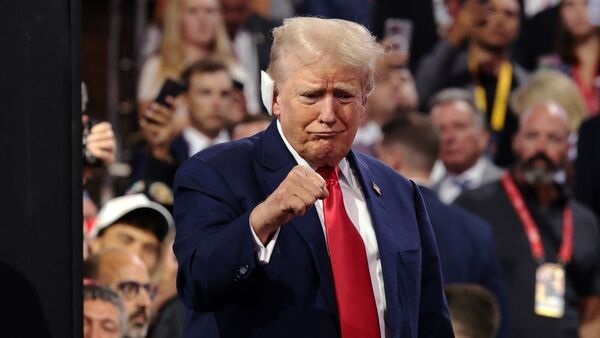
Senate report outlines Secret Service actions during first assassination attempt on Trump
A bipartisan Senate report has outlined issues in the U.S. Secret Service’s response to the first attempted assassination of former President Donald Trump at a campaign rally in Butler, Pennsylvania, in July. The report, released by the Senate Homeland Security and Governmental Affairs Committee, identifies several shortcomings, including communication challenges and technical problems with the agency’s drone detection system.
The report states that a Secret Service drone detection operator, who had three months of experience, was engaged with customer service to resolve issues with the C-UAS drone detection system during the incident. The system remained non-operational until 4:33 p.m., while the suspect, Thomas Crooks, operated a drone in the vicinity of the rally.
Additionally, the report notes a communication error within the Secret Service’s Counter Sniper Team. The team leader opted to inform snipers via email instead of using more immediate communication methods like radio or text messages. An email alerting agents about an individual with a rangefinder near the stage contained a typo, stating "Kid learning" instead of "Kid lurking," which may have led to confusion.
The findings of the report indicate a need for enhancements in communication protocols and technical preparedness in situations involving presidential events, highlighting areas for potential improvement in the Secret Service’s operations.
Stichworte







